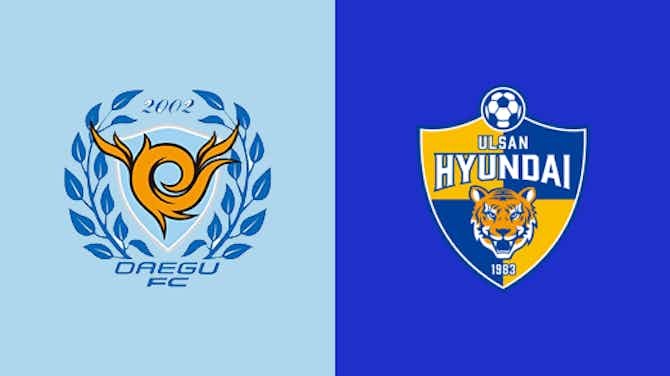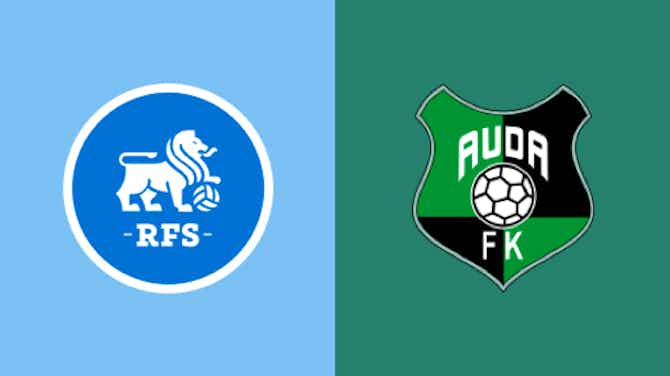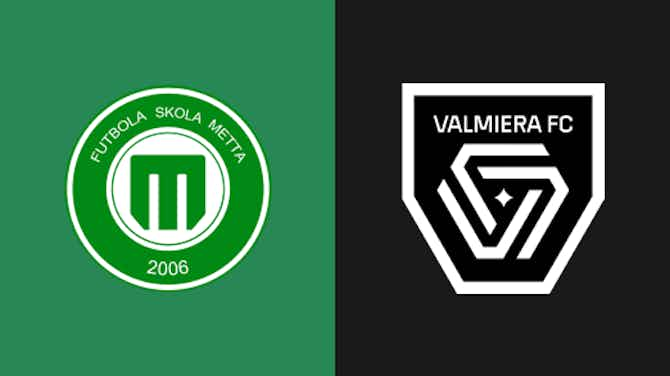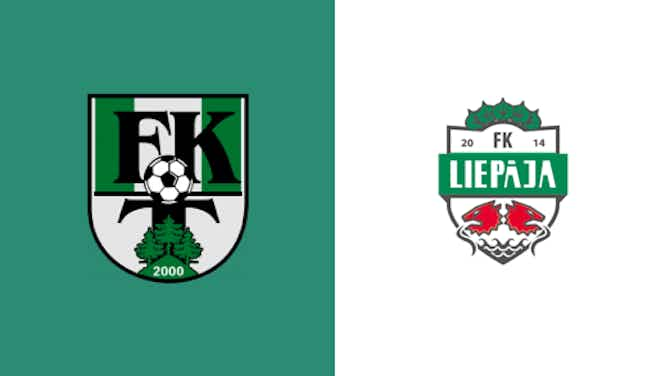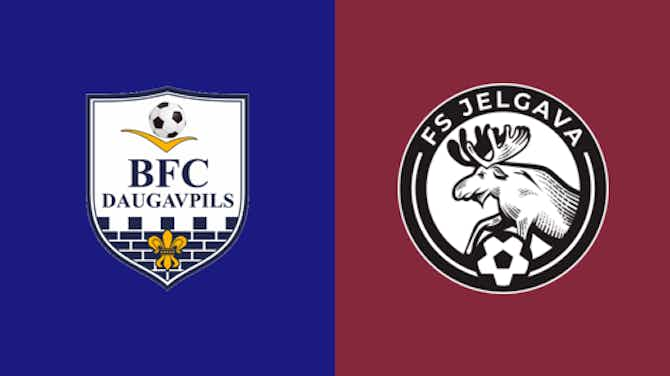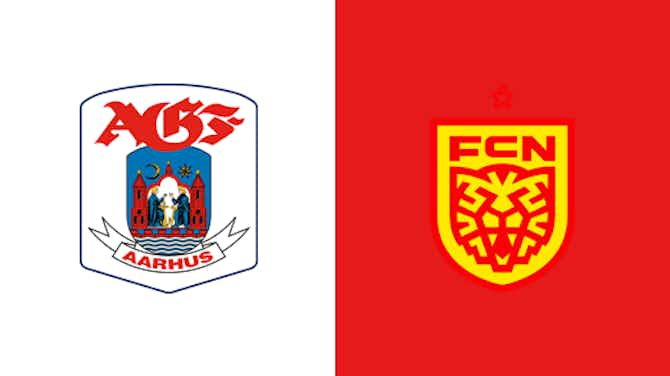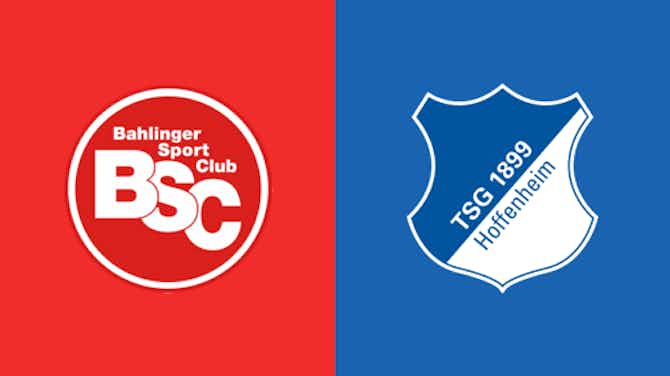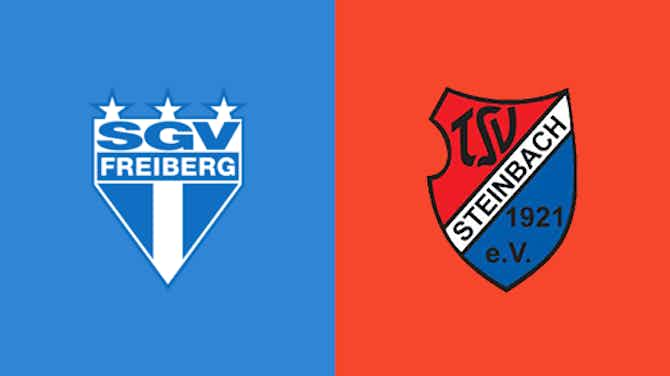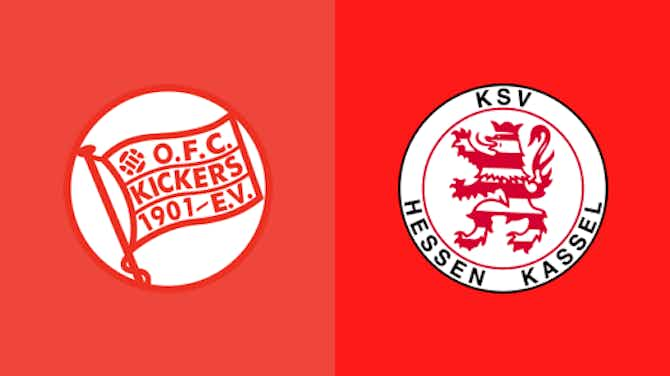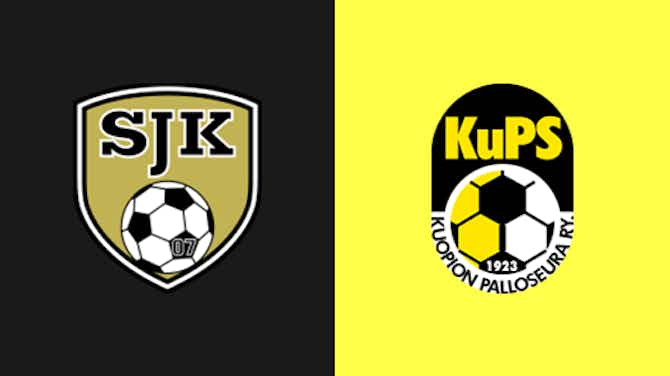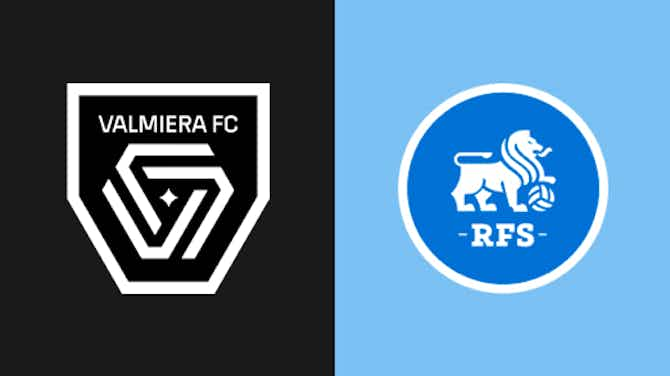Celtic F.C.
·17 April 2024
Remembering our Founding Father

Celtic F.C.
·17 April 2024

It was on April 17, 1915 that Celtic’s Founding Father, Brother Walfrid, died at the age of 74.
A statue of the Marist priest stands outside Celtic Park, an acknowledgement of his pivotal role in the formation of Celtic Football Club and a permanent reminder to future generations of supporters both of his important place in the club’s history and also of the club’s charitable roots.
Amid the poverty, neglect and intolerance of Victorian Glasgow, one man had a dream. His dream flourished and now countless thousands share his vision of a football club that opens its doors to all.
He was born Andrew Kerins in Ballymote, County Sligo on May 18, 1840, and ventured on the divine path by taking up the oath of the Marist Brotherhood.
And as thousands of Irish took flight from the deprivation in their homeland by sailing to Glasgow, Brother Walfrid was assigned to Sacred Heart School in the city's East End to cater for their spiritual and educational needs.
He had already taught at nearby St Mary's before moving to Sacred Heart in 1874 but by the time he had moved to London's Spitalfields in 1892, the first buds of his vision had started to unfold.
The immigrants from Ireland soon realised that the streets of Glasgow were not paved with gold and not for the first time in Scottish history the ogre that is religious intolerance raised its ugly head.
Walfrid therefore had two main aims; feeding the newcomers who were finding employment difficult to attain and integrate them into the mainstream of Scottish life where two religions were increasingly at loggerheads with each other.
Feeding the poor was a problem with a relatively straightforward answer – a charity drive. Knocking down the walls of religious intolerance, however, was a rather more thorny issue and one that was to present pitfalls on both sides of the divide.
His idea to raise money was to enter the embryonic world of football by forming a club that would attract paying customers and either by accident or design, the new club was utilised to alleviate the other dilemma.
Although formed to raise money for the needy of the East End who were mainly Catholic and Irish, the new club would be neither exclusively Catholic nor Irish.
Many Irish clubs had emerged in the 1880s and their names instantly signified their origin - Hibernian, Shamrock, Emmett, Harp, Erin, Emerald - but Walfrid was keen to build an ecumenical and cultural bridge between Ireland and Scotland so the most likely name, Hibernian, was dropped.
He had earlier established a minor football club named Columba and he was intent on using something similarly meaningful to both Scots and Irish.
Thus, Celtic Football Club was born kicking and screaming into uncertain surroundings both in the football and cultural senses.
The name Celtic was intrinsic to the values and aims of the club in establishing an unquantifiable link between the indigenous Scots and the newcomers whose descendants would be born Scottish.
Since then the club has always opened its doors to one and all no matter the faith or colour, creed or race. That has always been the case since its foundation and that will always continue to be the case.
One man's vision and a meeting at St Mary's Hall in Abercromby Street on November 6, 1887 grew far beyond the cobbled streets of the Calton and that dream lives on in the hearts of Celtic supporters of every faith and colour, creed and race on every corner of the globe.
Dr Michael Connolly's excellent biography of Celtic's Founding Father, 'Walfrid: A Life of Faith, Community and Football', is available in official Celtic stores and online.
